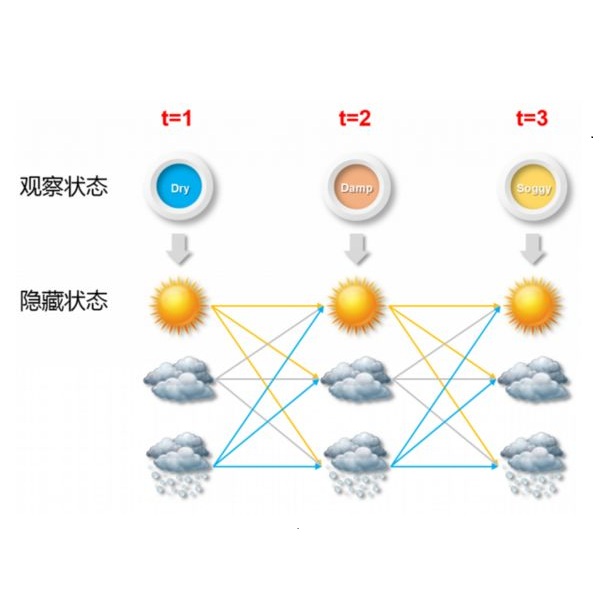Data collected from wearable devices and smartphones can shed light on an individual's patterns of behavior and circadian routine. Phone use can be modeled as alternating between the state of active use and the state of being idle. Markov chains and alternating recurrent event models are commonly used to model state transitions in cases such as these, and the incorporation of random effects can be used to introduce time-of-day effects. While state labels can be derived prior to modeling dynamics, this approach omits informative regression covariates that can influence state memberships. We instead propose a recurrent event proportional hazards (PH) regression to model the transitions between latent states. We propose an Expectation-Maximization (EM) algorithm for imputing latent state labels and estimating regression parameters. We show that our E-step simplifies to the hidden Markov model (HMM) forward-backward algorithm, allowing us to recover a HMM in addition to PH models. We derive asymptotic distributions for our model parameter estimates and compare our approach against competing methods through simulation as well as in a digital phenotyping study that followed smartphone use in a cohort of adolescents with mood disorders.
翻译:从磨损装置和智能手机中收集的数据可以揭示个人的行为模式和Circadian常规模式。 电话使用可以建模为主动使用状态和闲置状态之间的交替。 Markov 链条和交替经常事件模型通常用于模拟此类情况下的状态过渡, 并使用随机效应的结合来引入日常时间效应。 虽然在建模动态之前可以得出国家标签, 但这种方法可以省略影响国家会员身份的信息回归共变数。 我们相反地提议了一种经常性事件比例风险回归( PH) 来模拟潜伏状态之间的过渡。 我们提出了用于估算潜伏状态标签和估计回归参数的预期- 最大化算法。 我们表明,我们的E步骤会简化到隐藏的Markov 模型( HMM) 前向后方算法, 使我们能够在PH模型之外恢复 HMM 。 我们从模型参数估算中获取无症状分布, 并比较我们的方法与通过模拟和在数字节奏研究中与智障的青少年使用智能疗法进行对比的方法。




